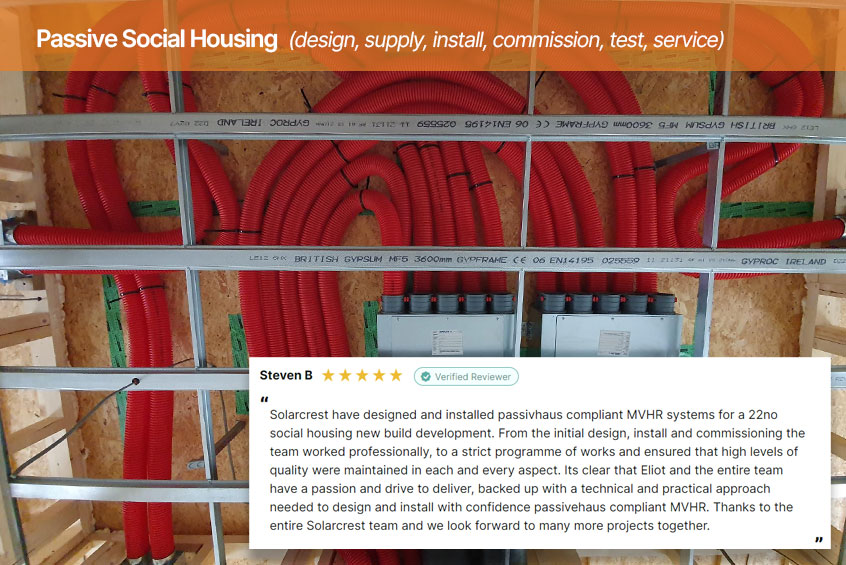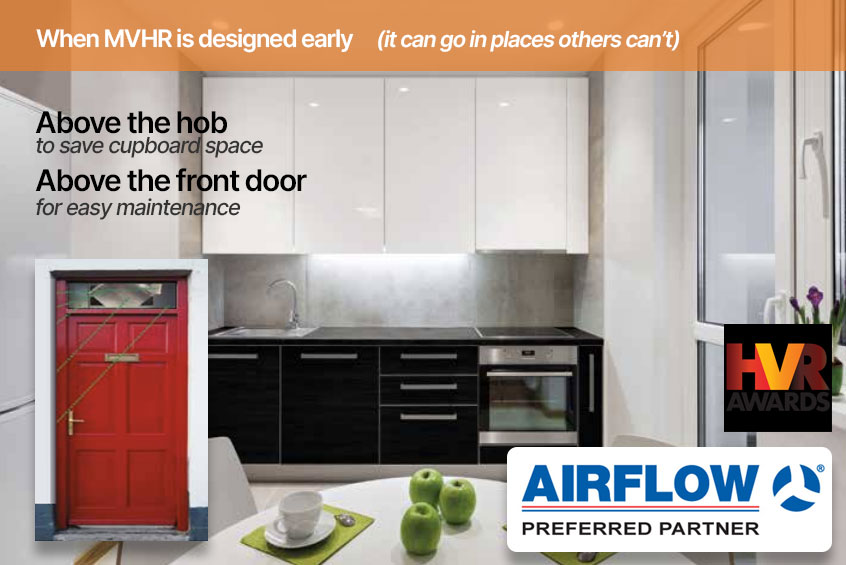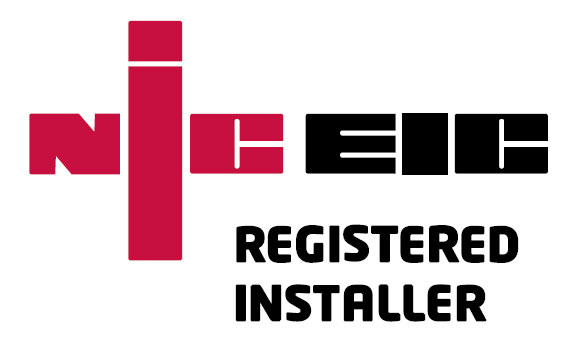
The most ambitious fuel poverty solving, health improving, carbon saving schemes tend to get watered down when people discover what they cost to do properly. Quality MVHR ventilation that should last over twenty years becomes budget ventilation that doesn’t last five, doesn’t filter air pollution, makes a racket, and doesn’t tell you it’s been switched off for six months when you’re investigating damp and mould complaints. To reach net zero or anything close and create a healthy, economical home, you really need to think big, especially with the budget. And to see a decent ROI you need to think long term, because quality costs more to buy but less to own.
The Sterling Prize for Goldsmith Street really started the ball rolling, and now more and more providers recognise the benefits of Passivhaus. Green champions like Norwich, Glasgow, and Manchester to name a few. Since we started ventilating social homes in 2012, we’ve noticed more and more asset managers opting for higher capex in return for lower RMI cost, and pilot projects finally becoming proper projects. It’s brilliant to see social housing at the forefront of the low carbon economy.
If you’re a champion, more power to you. We’d love to help.
Click here to see our last project then..
Click here to read the UKGBC review

In the usual scenario, housing provider appoints architect, architect designs property, QS appoints principal contractor, then eventually contractor appoints ventilation specialist. But when ‘ventilation’ means MVHR, that normally means the specialist has to work backwards, retrofitting the system into a finished house design. It’s a retrofit even if no spade has hit the ground, because the joist type, size, and direction are all set, and the plant location has been decided by someone who may know the physical size of the machine, but not the size of the things connected to it, the access and space needed for servicing, or the impact of overly-complex ducting on acoustics. It being overly-complex because it wasn’t designed early. But the main the problem with the usual scenario is that working backwards adds unnecessary cost.
The most efficient way to design MVHR is for the specialist designer to work alongside the architect from the outset, to influence the construction drawings before it’s even gone to tender. MVHR is bigger than all the other plant combined and needs to reach every room, so to some extent the house needs designing around it, rather than the other way around. This logic applies to all properties, not just social housing.
See our MVHR design service then..
See our MVHR install service





